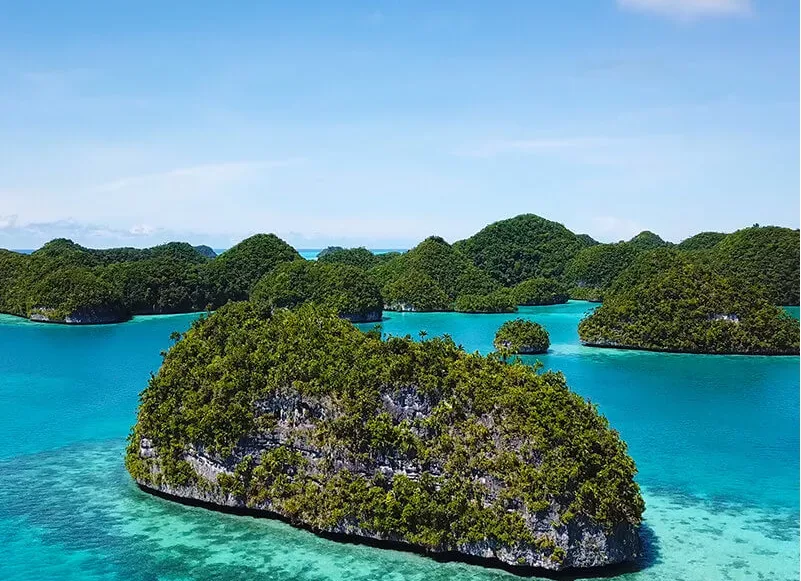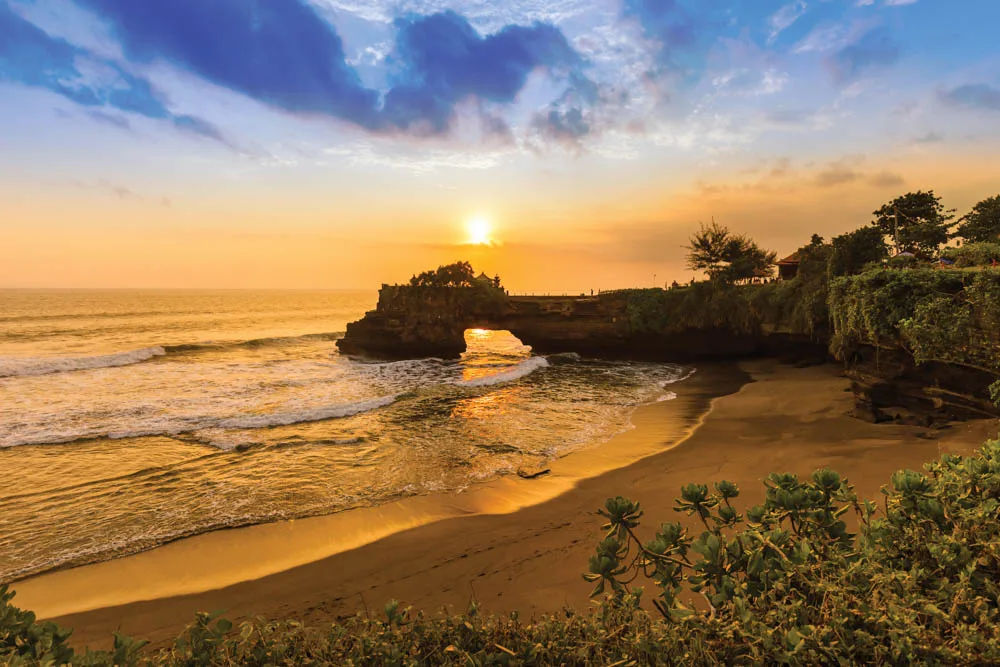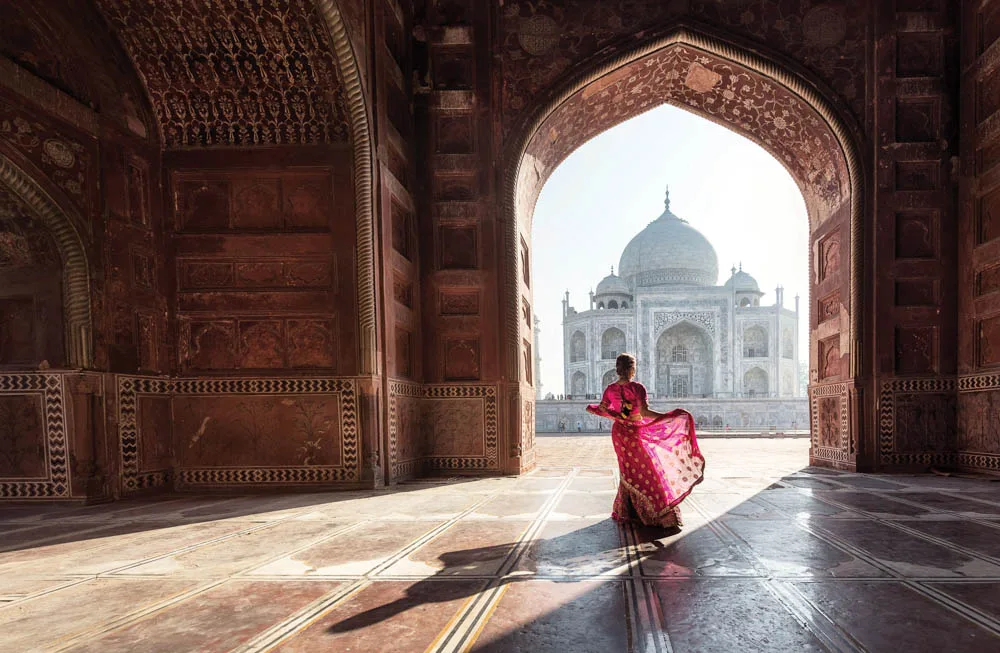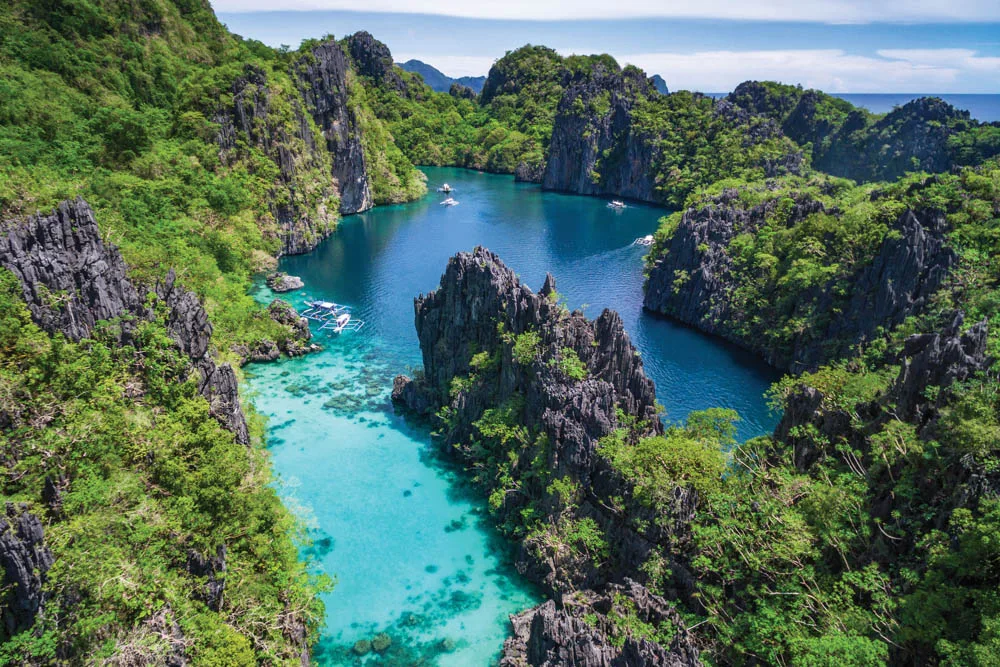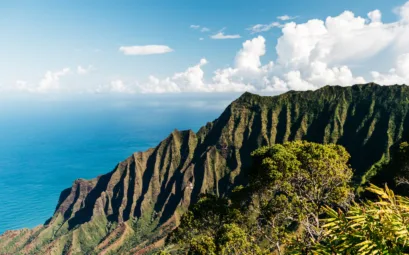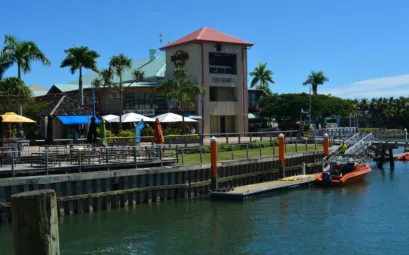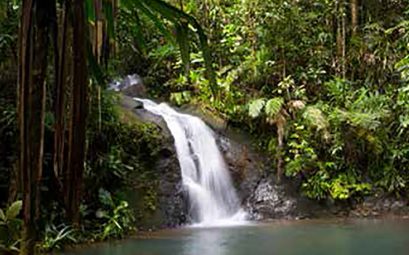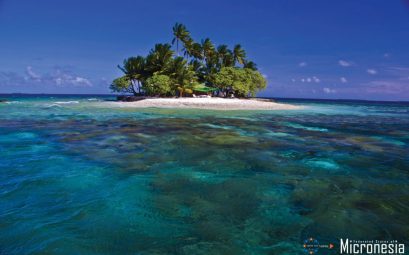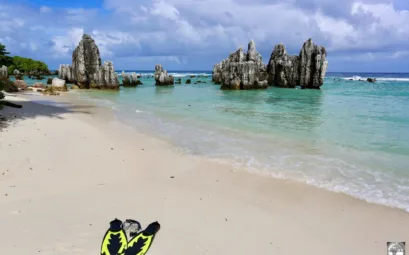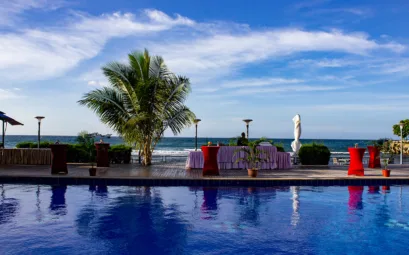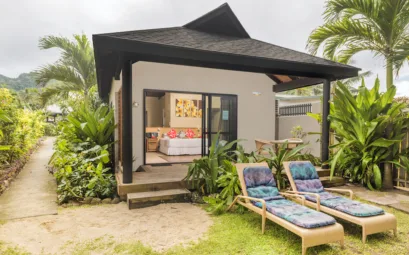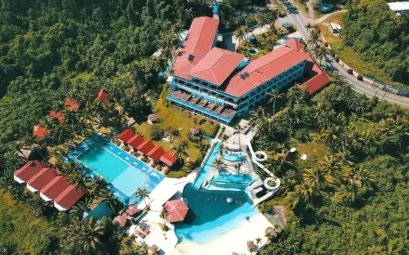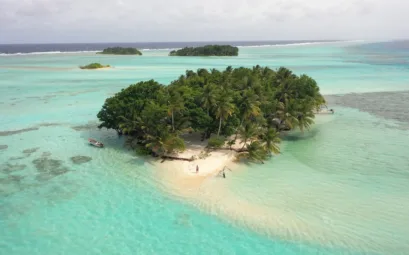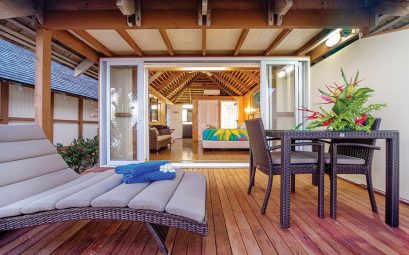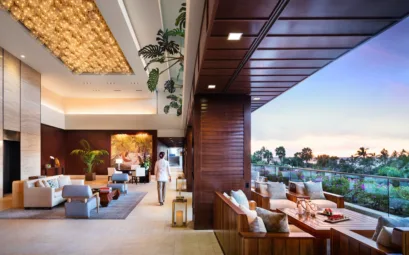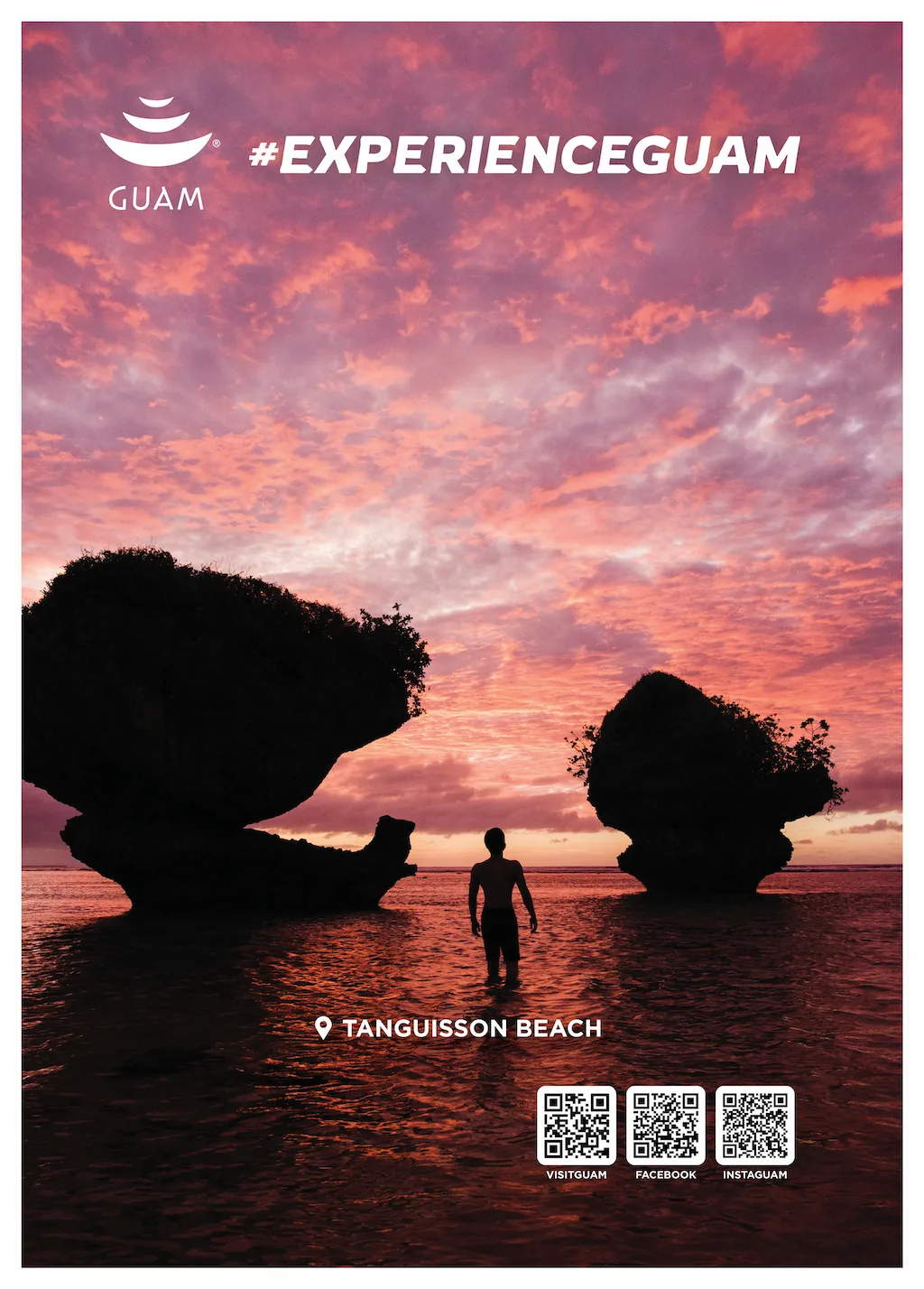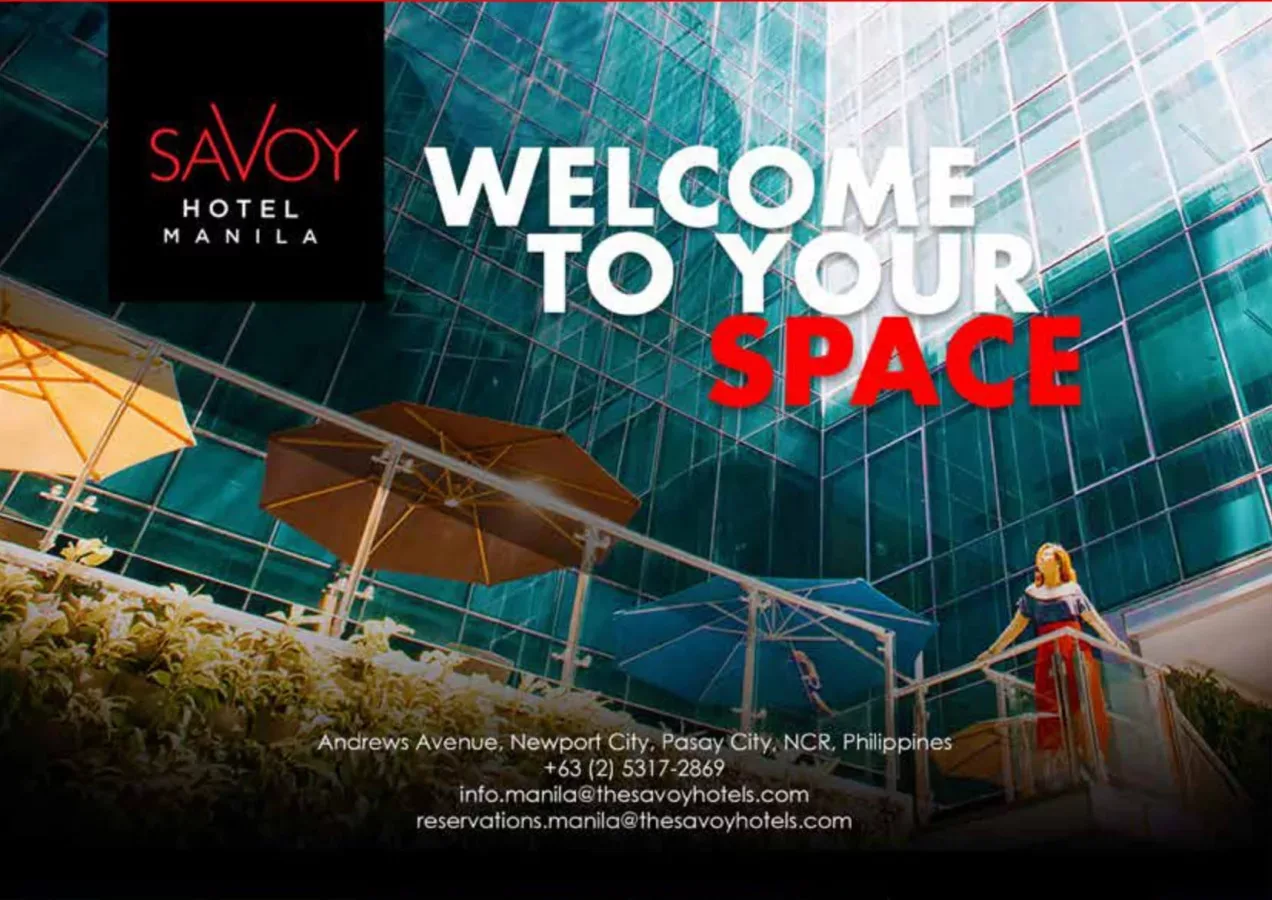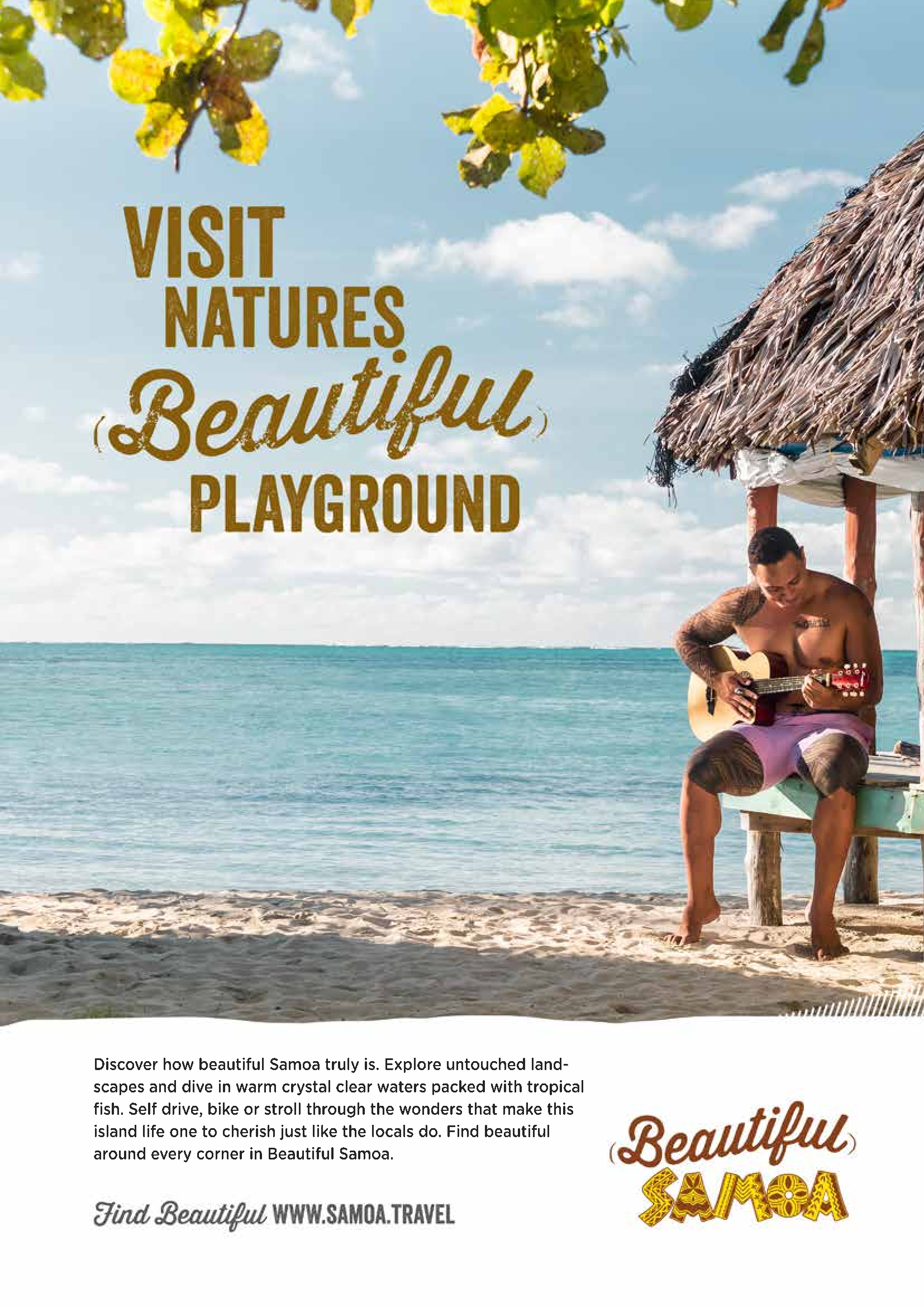Looking for a special Destination?
Select the areas of the world that interests you
Hawaii, Pacific
The fourth largest and the oldest of the Hawaiian islands, Kaua’i is about 888 kilometres square in area, formed from one massiv...
Fiji, Pacific
Situated on Viti Levu, the largest of the 333 Fijian islands, Denarau Island is located across a tiny causeway separating the isla...
Fiji, Pacific
Suva is the capital of Fiji and is a beautiful harbour city built on a peninsula reaching out into the sea. The city is perched on...
Micronesia, Pacific
Chuuk Atoll, located in the Caroline Islands, has one of the largest lagoons in the world. Beneath the blue waters of the lagoon,...
Micronesia, Pacific
A pretty raised atoll with a surrounding reef which is exposed at low tide, the Republic of Nauru is 19.3 kilometres in circumfere...
Fiji, Pacific
The Coral Coast is 80 kilometres of fringing reefs and beaches on the sheltered southern side of Viti Levu about halfway between N...
View featured accommodations
Get inspired, or change by destinations
Sponsors
Get inspired, or browse by interest
Hotel Partners
We partner with hotel chains across the globe to ensure a comfortable
stay wherever you travel!












Popular Destinations
Pacific
- American Samoa
- Cook Islands
- Aitutaki
- Rarotonga
- Fiji
- Coral Coast & Pacific Harbour
- Denarau Island
- Mamanuca And Yasawa Island
- Nadi
- Suva
- Hawaii
- Big Islands / Islands of Hawaii
- Kauai
- Maui
- Oahu
- Islands of Tahiti
- Micronesia
- Chuuk
- Guam
- Kosrae
- Marshall Islands
- Nauru
- Palau
- Pohnpei
- The Marianas
- Yap
- Papua New Guinea
- Port Moresby
- The Highlands & The Sepik
- Samoa
- Savai'I
- Upolu
- Solomon Islands
- Honiara
- Vanuatu
- Outer Islands
Asia
- Cambodia
- India
- Indonesia
- Bali
- Java
- Lombok
- Sulawesi
- Japan
- Malaysia
- Langkawi
- Sabah
- Maldives
- Philippines
- Luzon & Manila
- Palawan
- Visayas
- Singapore
- Sri Lanka
- Thailand
- Central Thailand, Bangkok & Hua Hin
- East Coast Thailand
- Koh Samui
- North Thailand
- Phuket
- South Thailand
- Vietnam
- Central Vietnam
- North Vietnam
- South Vietnam

